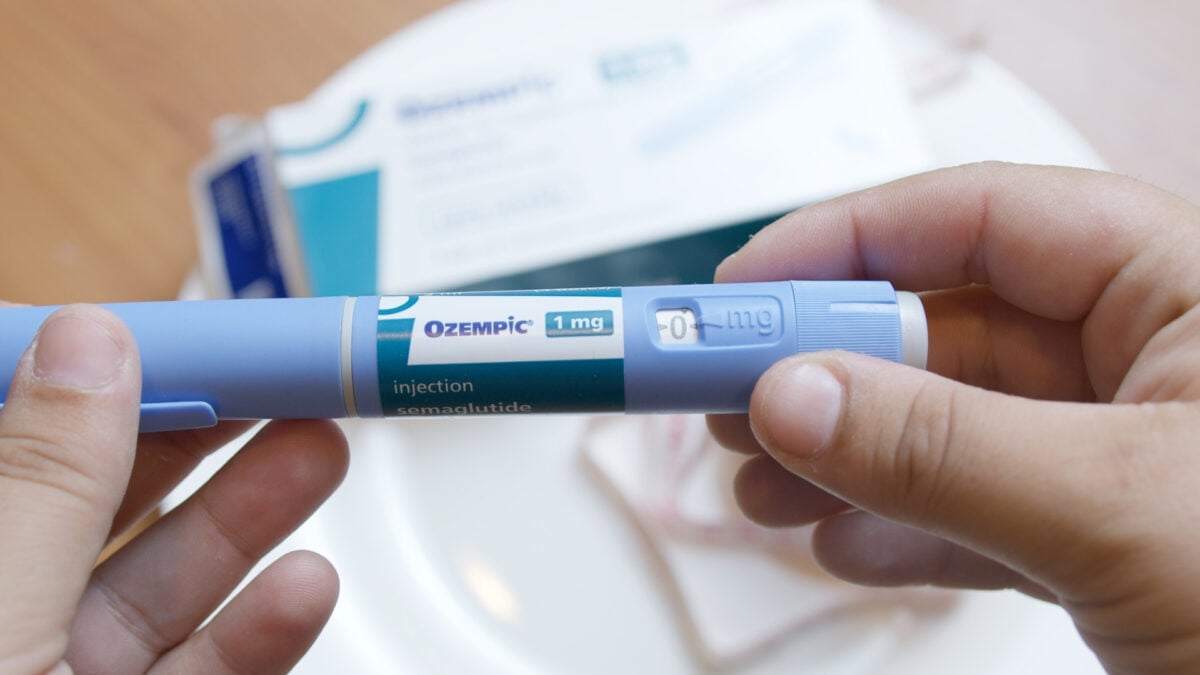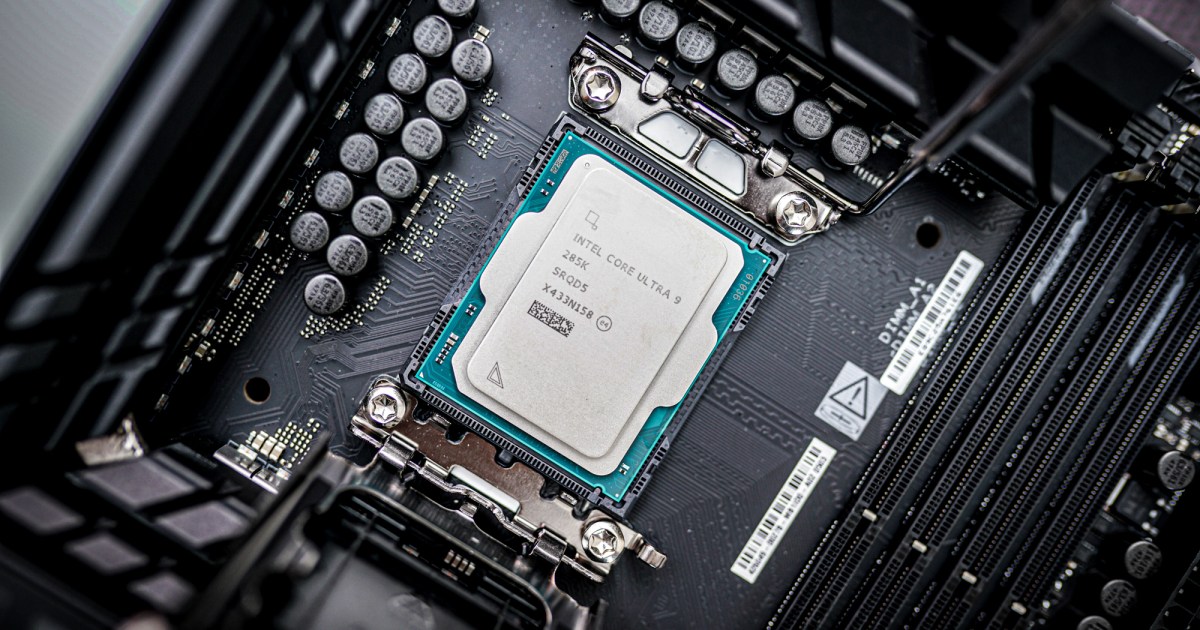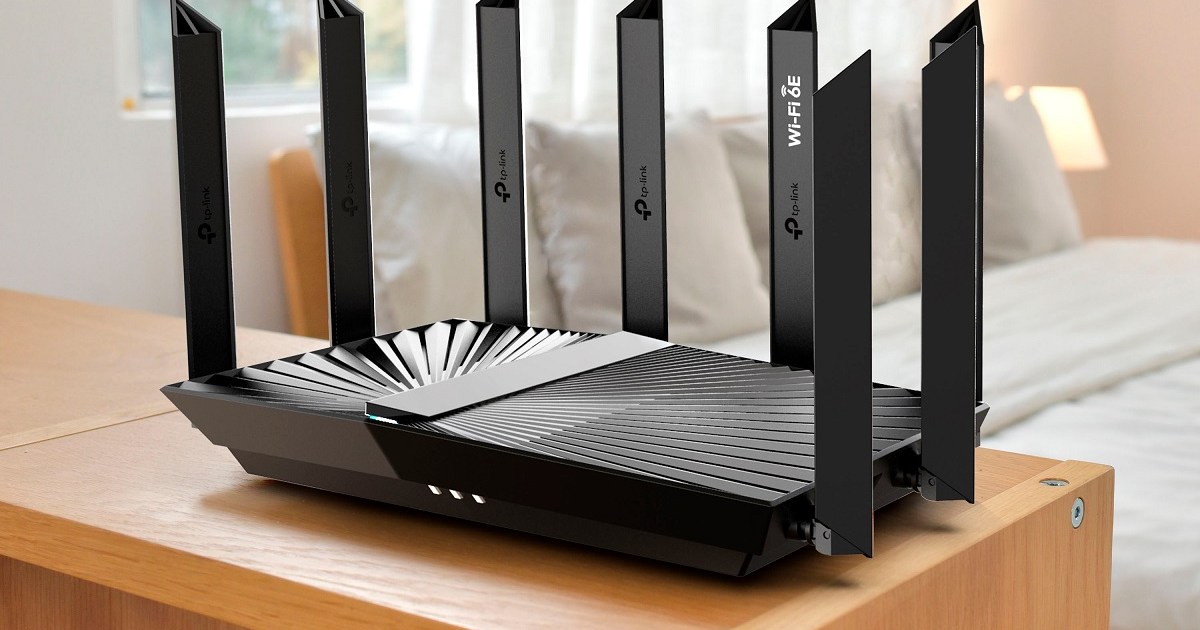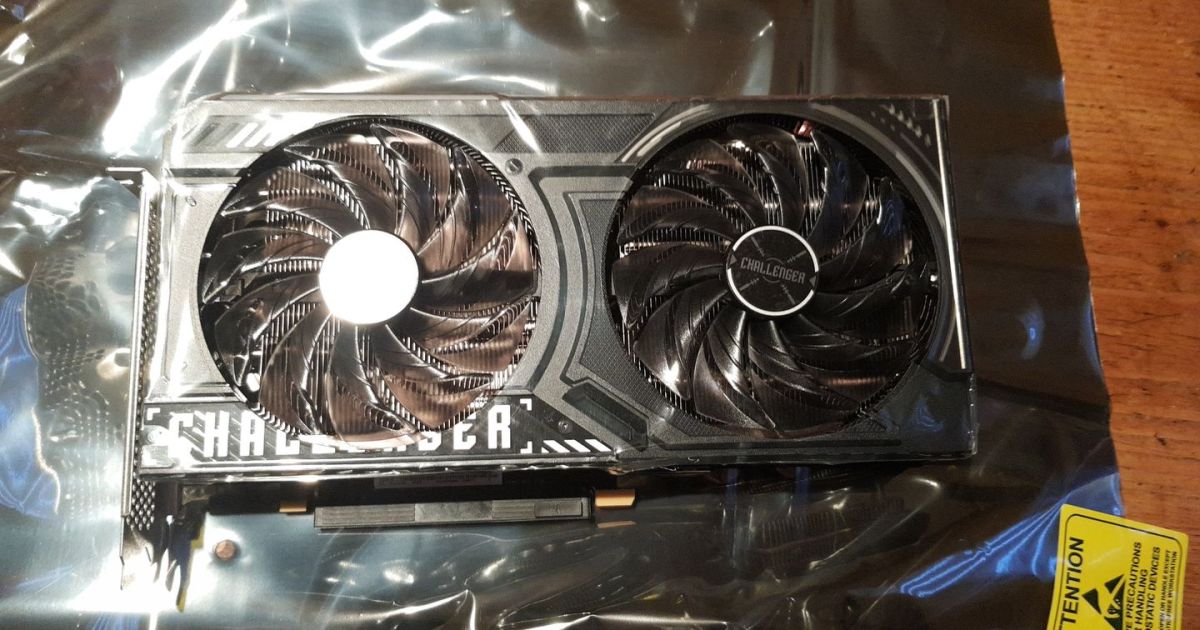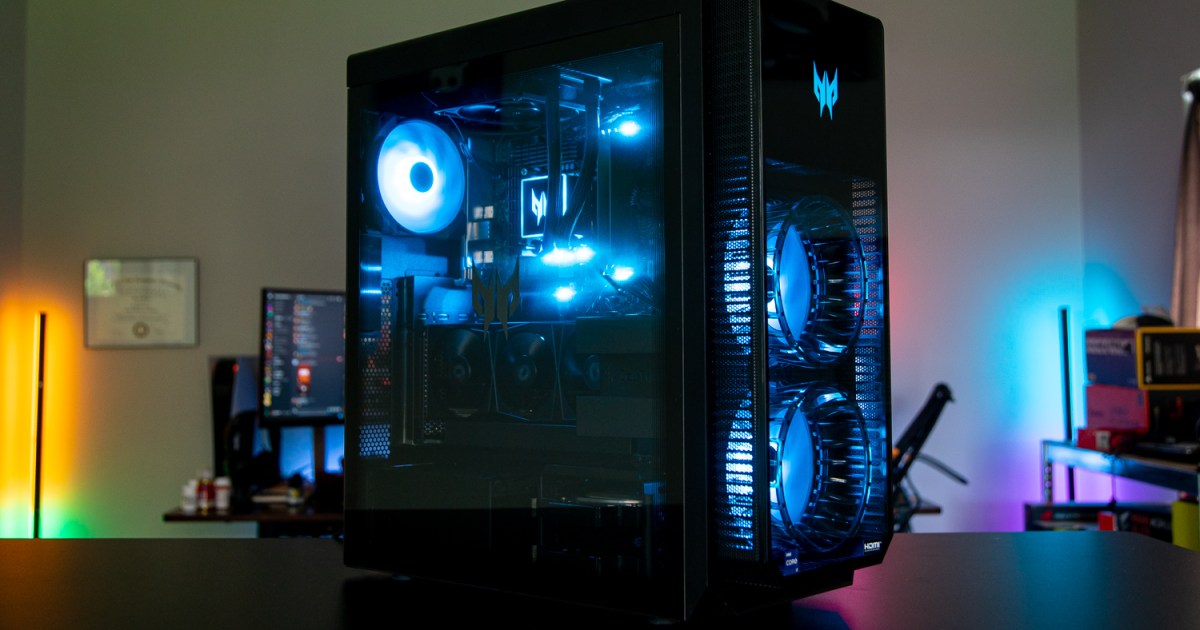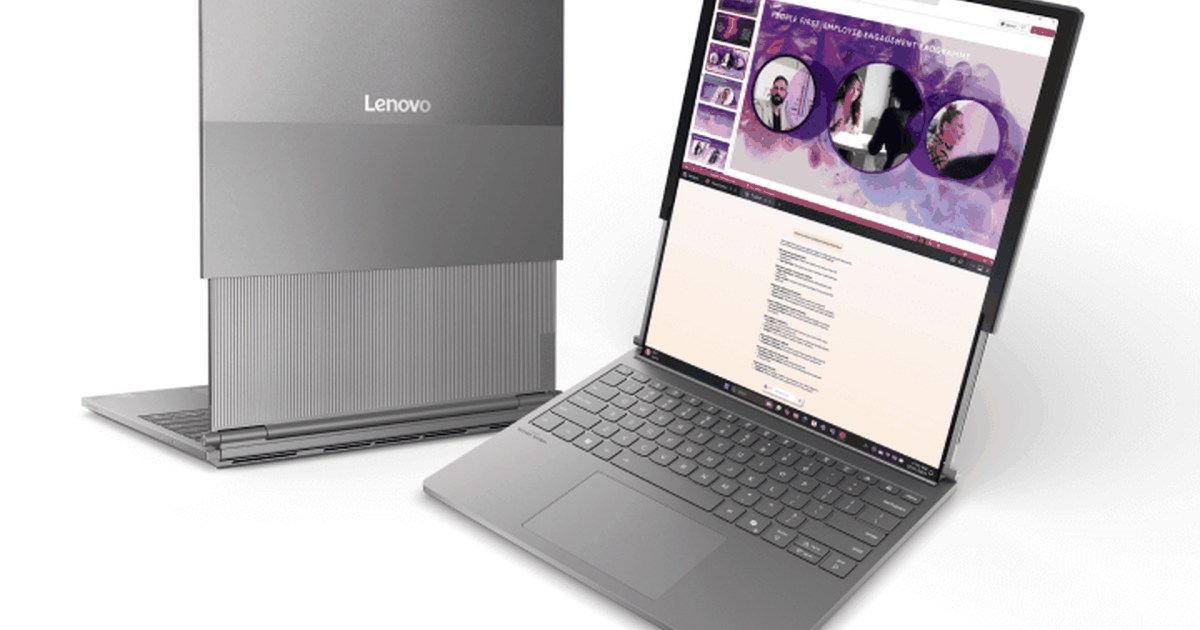Intel’s recently launched Arrow Lake desktop processors, initially met with performance concerns, are getting a significant boost thanks to a series of updates. Early reviews, including our own Core Ultra 9 285K review, highlighted performance discrepancies, particularly in gaming, and unusual behavior in applications like Adobe Premiere Pro. Now, Intel has addressed these issues, which they claim caused up to a 30% performance deficit compared to their internal testing.
The company has identified and resolved four key performance bottlenecks. These fixes, delivered through BIOS and Windows updates, promise to restore Arrow Lake processors to their intended performance levels. Furthermore, a firmware update scheduled for January is expected to deliver additional performance gains beyond the initial baseline.
Addressing the Performance Bottlenecks
To benefit from these improvements, users need to ensure their systems are up-to-date. For Windows 11, build 26100.2161 or later is required. Users can check their build version in the “About this PC” section within the Windows Settings app. Z890 motherboard owners should also update to the latest available BIOS. These updates address the core issues impacting Arrow Lake’s performance.
Intel’s Robert Hallock clarified the situation, explaining that reviewers initially lacked access to the correct drivers and BIOS settings, explaining the lower-than-expected performance observed in CPUs like the Core Ultra 5 245K. We will be retesting these CPUs with the updated configurations to validate these claims. In the meantime, let’s break down the identified issues:
Faulty Processor Power Management (PPM)
The most impactful issue stemmed from an incorrect Processor Power Management (PPM) package within Windows 11. This package plays a crucial role in processor behavior, and Intel estimates its malfunction contributed to a performance drop ranging from 6% to 30%, depending on the application. The updated PPM package is included in Windows 11 build 26100.2161.
The faulty PPM package caused various problems, including memory latency spikes, incorrect C-states, and scheduling errors. These issues likely explain why some users reported performance gains after manually disabling cores or tweaking BIOS settings. The processor’s erratic behavior led to inconsistent test results and poor gaming performance.
Intel Application Optimization (APO) Malfunction
Initial tests revealed that Intel’s Application Optimization (APO) feature, which promises performance boosts in specific games, was ineffective on Arrow Lake processors. This malfunction was directly linked to the faulty PPM package. APO relies on the PPM package to identify supported games, and its absence prevented APO from activating. The updated PPM package rectifies this issue. Intel estimates APO’s malfunction caused a 2% to 14% performance loss in supported games.
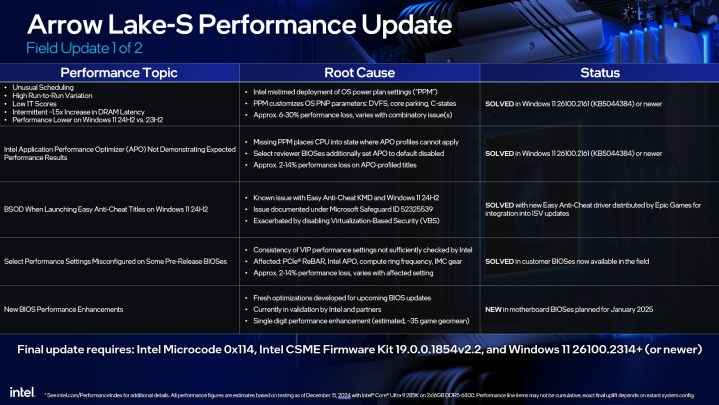 Intel
Intel
Easy Anti-Cheat Compatibility Issues
While not directly impacting performance, older versions of Easy Anti-Cheat software caused Blue Screen of Death errors on Arrow Lake systems. Launching a game employing this software would lead to a complete system crash. An updated Easy Anti-Cheat driver resolves this issue, and it will be distributed through game updates for affected titles.
Incorrect BIOS Settings
Several critical BIOS settings, including Resizable BAR, transient power limits, and compute tile ring frequency, were not optimally configured at launch. These misconfigurations led to performance variations across different motherboards and BIOS versions. The latest Z890 BIOS updates enforce the correct settings by default. Updating to the latest BIOS will resolve this issue, although the performance impact varied depending on the specific settings affected. Intel estimates the potential performance loss to be between 2% and 14%.
Future Performance Enhancements
Beyond addressing these initial problems, Intel has identified further performance improvements that will be implemented through a firmware update scheduled for release in January via a BIOS update. While the magnitude of these improvements remains undisclosed, they are expected to deliver performance beyond what’s achieved by the current fixes. According to Intel, the current updates restore the “complete and intended functionality” of Arrow Lake CPUs.
Conclusion
Intel’s commitment to rectifying the initial performance issues plaguing its Arrow Lake CPUs is promising. The combination of BIOS and Windows updates, along with the upcoming firmware update, aims to unlock the processors’ full potential. We will be conducting further tests to evaluate the impact of these updates and provide updated performance benchmarks. Intel also plans to share updated performance data at CES 2025.


